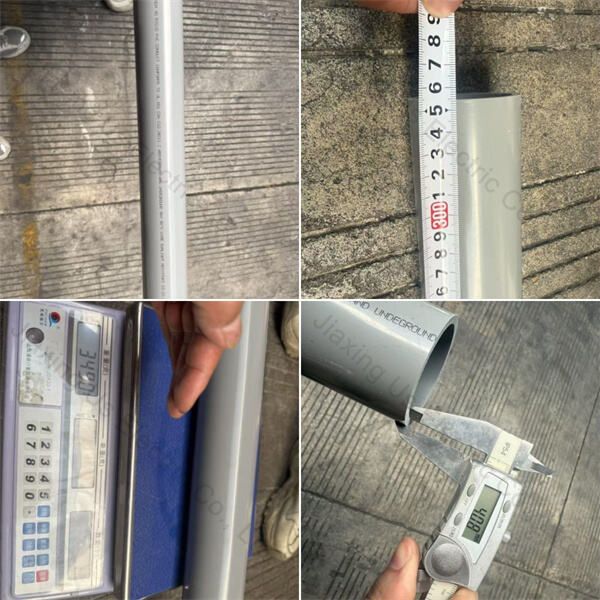You may not realize it but when it comes to electric wiring, Anita flexible conduit non metallic is very important part of your life. Non-metallic conduit is the seventh and final article in this series covering electrical conduit. In this article, we will take a look at some of the key benefits of non-metallic conduit in electrical wiring, different types of non-metallic conduit for cable protection, some tips and best practices on installing non-metallic conduit systems, the longevity of non-metallic conduit materials, and the advancements in non-metallic conduit technology making for better-performing systems.
There are a number of advantages to using non-metallic conduit for electrical wiring. One of the primary advantages is that it is a non-conductor, being non-conductive of electricity. This is crucial because it reduces the risk of electrical shocks and fires. In addition, Non-metallic conduit, including PVC, is lightweight and easy to handle which is an ideal solution for residential and commercial locations. It’s corrosion resistant and doesn’t need to be grounded like metal conduit.
A variety of Anita non metallic flexible electrical conduit are available for the protection of cables. PVC Conduit There are many different types of electrical conduit, but one of the most popular is PVC conduit, which is constructed from industrial-grade plastic. PVC conduit is permitted for outdoor use in outdoor exposed applications above and below ground. Fiberglass conduit Another form of non-metallic conduit, fiberglass conduit is lightweight and flexible. Use in tight spaces where bending a CC conduit is not practical.

What few tips to be aware of while installing Anita non metallic conduit systems: One provision is to thoughtfully design the configuration of the conduit so as to pull cables and wires easily. Also ensure you use the right fittings and couplings to tighten the conduit down. Furthermore, care must be taken to comply with local codes when you install a non-metallic conduit system for safe operation.

Nonmetallic conduit material is intended to be strong and durable. Chemicals, corrosion, and impact are no match for pvc conduit pipe, for instance. That makes it a great option for conditions where metal conduit could rust and break down. The fiberglass tray is durable and holds up to temperature extremes and outdoor environments. Selecting conduit materials that are not metallic can help keep your electrical wiring systems protected for years to come.

Non-metallic pvc conduit and fittings has advanced to higher levels of performance and reliability. One engineering focal point is composite material technology: we’re using the strength of fiberglass and the elasticity of plastic. The result is a conduit that is both strong and easy to manipulate. Another development is the creation of pre-wired conduit systems that can be pre-installed to save time and labor. These advancements have made non-metallic conduit a popular choice for electrical contractors and the building construction industry as a preferred raceway material due to its high quality, durability, and value in the electrical systems market.